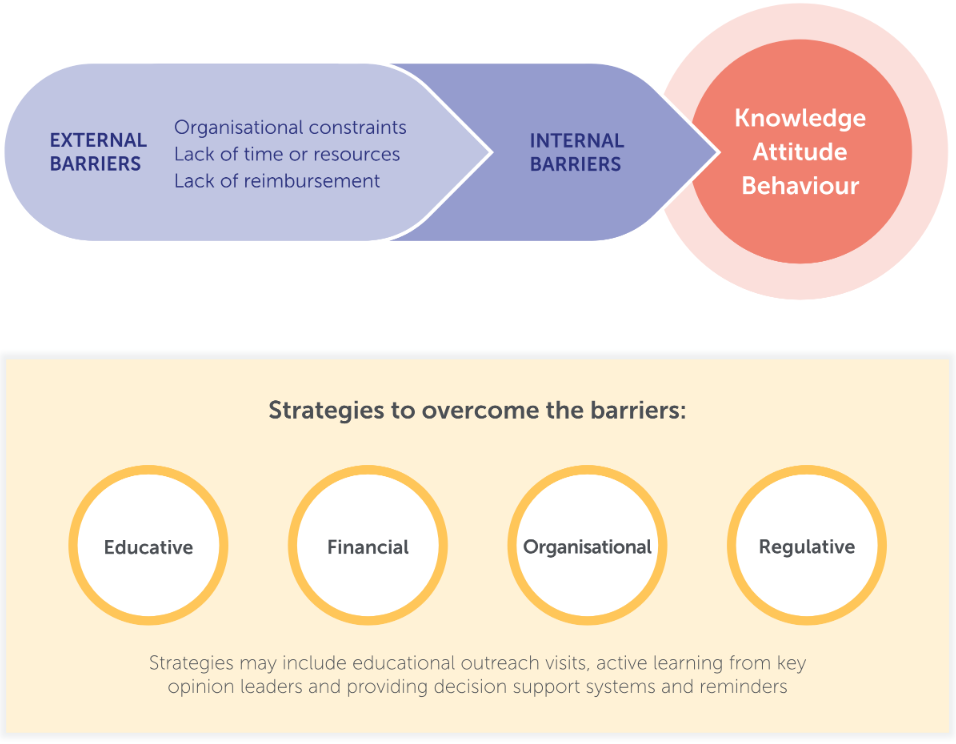Read our key takeaways from the 2022 ASAS-EULAR recommendations for the management of axSpA, presented as part of Dr Sofia Ramiro's workshop at UCB Summit 2023.

Read our key takeaways from the 2022 ASAS-EULAR recommendations for the management of axSpA, presented as part of Dr Sofia Ramiro's workshop at UCB Summit 2023.
ASDAS is a clinically validated index and the most appropriate instrument for measuring disease activity in axSpA.1
High disease activity should be based on ASDAS ≥2.1 alone; BASDAI ≥4 should only be used if it is impossible to use the ASDAS. When defining high disease activity, in cases of discordance between the two instruments, the ASDAS selects patients with a higher likelihood of response to treatment1
Specific cut-offs have been validated for the ASDAS to define disease activity states and improvement and worsening criteria. A difference of ≥1.1 after at least 12 weeks of treatment should be used to determine whether a patient can continue treatment1
Treatment failure should prompt re-evaluation of the diagnosis and consideration of comorbidities. If active axSpA is confirmed, switching to another b/tsDMARD treatment is recommended1
Identifying barriers and solutions to implementing recommendations is important.2
Sometimes barriers to implementing recommendations may be related to the clinician’s knowledge, attitude or behaviour. However, often there are also external barriers, such as a lack of time or resources, organisational constraints or lack of reimbursement2,3
These barriers can be overcome using educative, financial, organisational or regulative strategies3
Strategies may include educational outreach visits, active learning from key opinion leaders and providing decision support systems and reminders3

Clinical recommendations should be used in clinical practice.1
Dr Ramiro concluded that clinical recommendations are important to improve quality of care, health outcomes and patient safety in daily clinical practice4
They are evidence-based and can be translated into clinical practice.1 As such, patients following recommendations achieve better clinical outcomes than those who take prescribed biologics but whose clinician is not following recommendations5
Recommendations only reflect the average patient, and each patient is an individual. Deviation from recommendations is sometimes appropriate, where there is an evidence-based justification1,4
Other articles you might like
You can read more articles that might interest you.
Want to see more videos?
Can’t find the answer you’re looking for? See all the Resources we have.